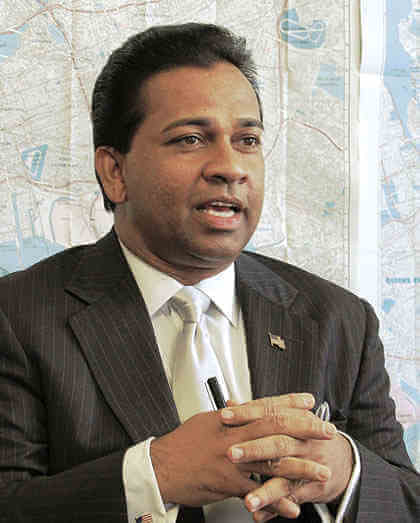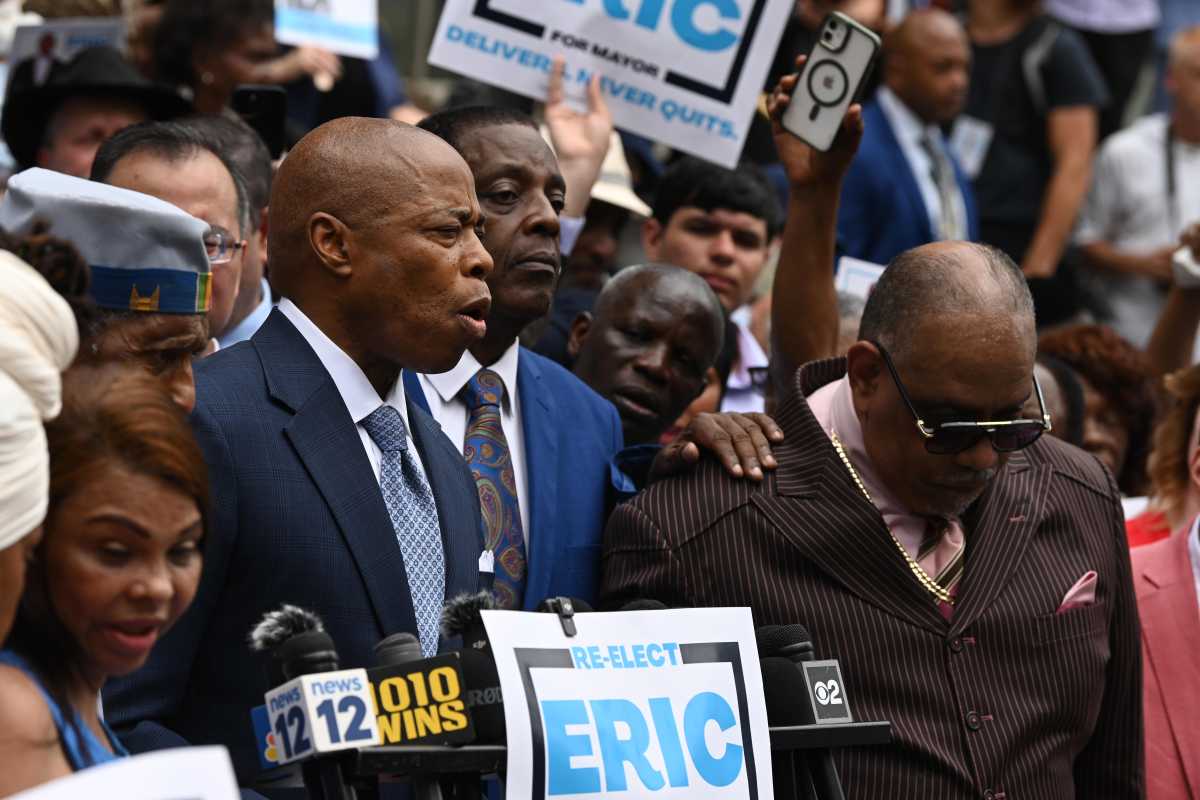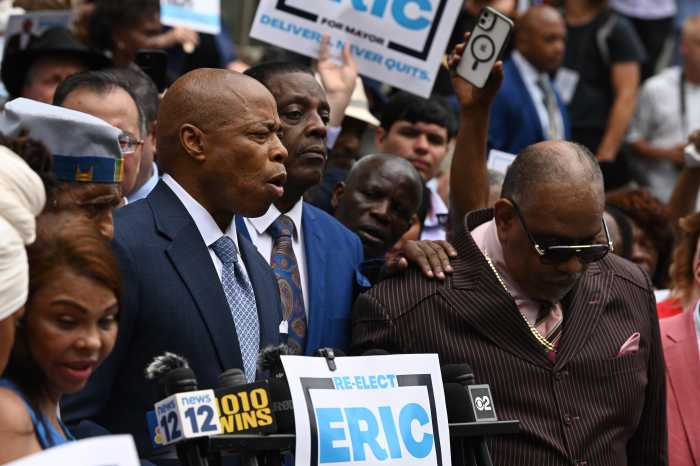Judge Jesse M. Furman, a federal judge, gave us our first victory when he blocked the Commerce Department on Tuesday from adding a question disclosing whether the person filling out the 2020 Census Form is an American citizen. Civil rights leaders and advocates had long argued that adding the question to the census itself would undermine the constitutional mandate to count every person, regardless of citizenship, because it would discourage noncitizens from filling out the questionnaire for fear of persecution and deportation. (See previous publications, “Remove the Citizenship Question from the Census.”)
This fear became more pronounced within the context of extant immigration policy. Although it may reach the Supreme Court, the ruling is likely to stand, and will have profound consequences relating to federal policy and for all communities across America. The printing of census forms begins this summer.
About 24 million noncitizens live in the United States, and fewer than 11 million of that aggregate do so illegally. Nearly one in 10 households includes at least one noncitizen. A substantial reduction in the number of households that respond to the census could alter the distribution of hundreds of billions of dollars in federal grants and subsidies.
Congress depends on those results not only to decide how to distribute federal resources, but how to determine the number of congressional districts in each state. It is the most important data and economic tool in America, and is used to plan the provision of health care, law enforcement, education, employment, transportation, social services, like where to build new schools, roads, health care facilities, child-care and senior centers.
At least 132 government programs use information from the census to determine how to allocate in excess of $675 billion, much of it for programs that serve lower-income families, like Medicare, Head Start, the Supplemental Nutrition Assistance Program, Pell grants for college and reduced-price school lunch programs. Census data also apportions highway spending. According to a 2016 study by the Federal Communications Commission, about 12.6 million American households do not have access to broadband, and census data will determine which communities get priority.
In New York, for example, how the already measly $7 billion from the federal government that funds all these aspects of life here, like whether resources are provided for repairs to the Belt, Grand Central and Van Wyck Expressways and nutritional programs and centers for seniors, where new schools and hospitals are built, are directly affected by the extent of community participation in the census.
The federal data has collateral consequences. For example, the city’s education department uses Census data to redraw school zones, the health department uses it to understand illness rates, while businesses use federal information to determine whether to open in underserved neighborhoods.























